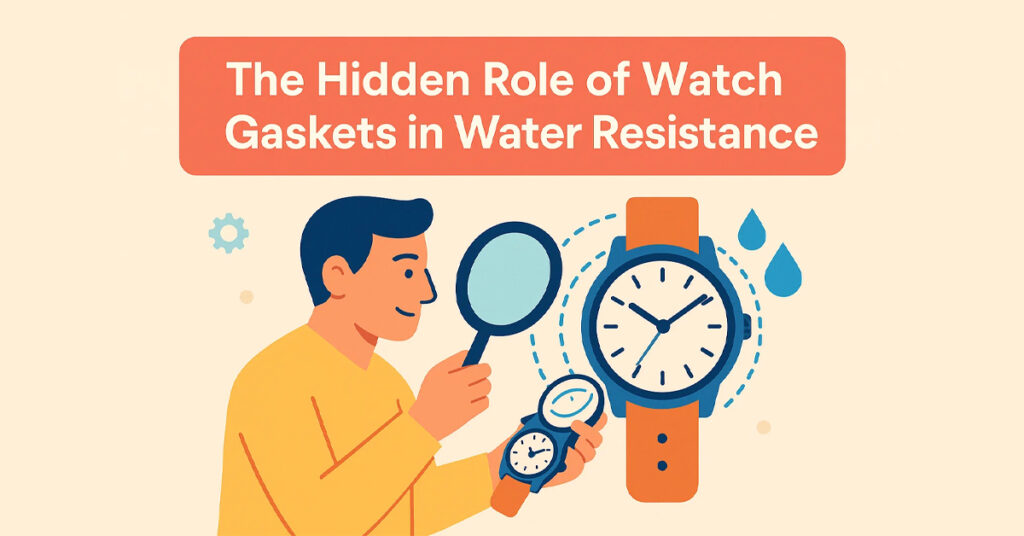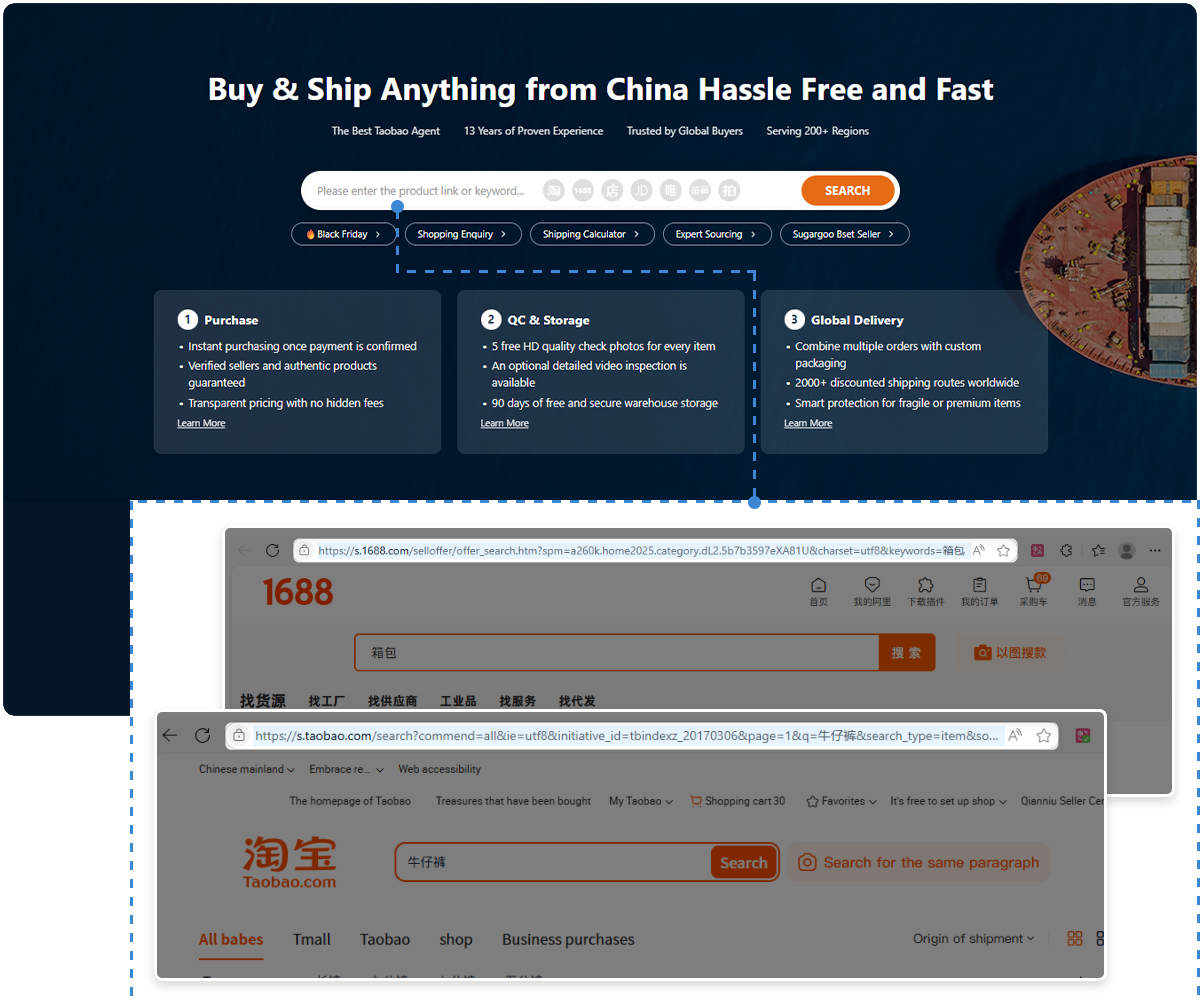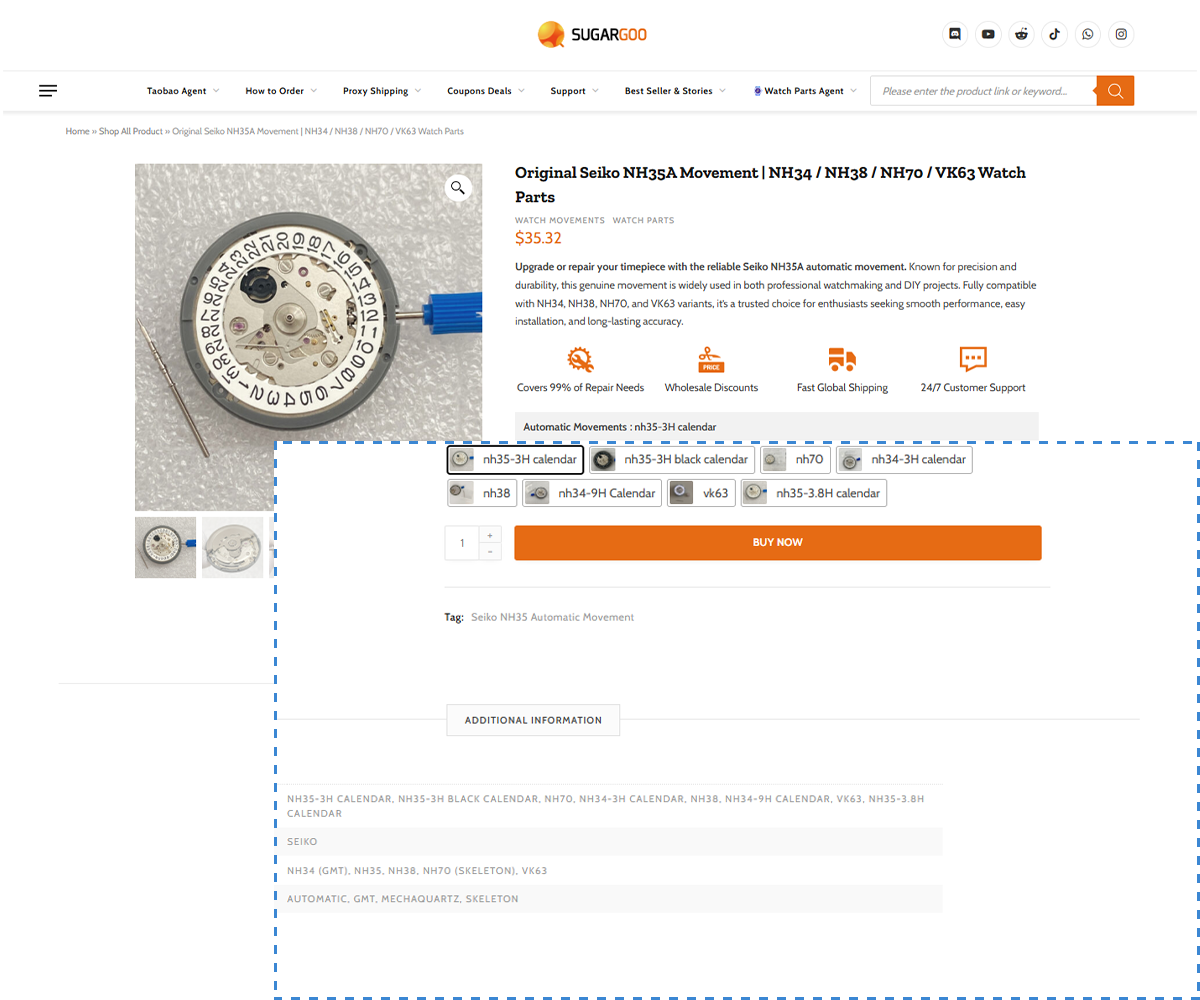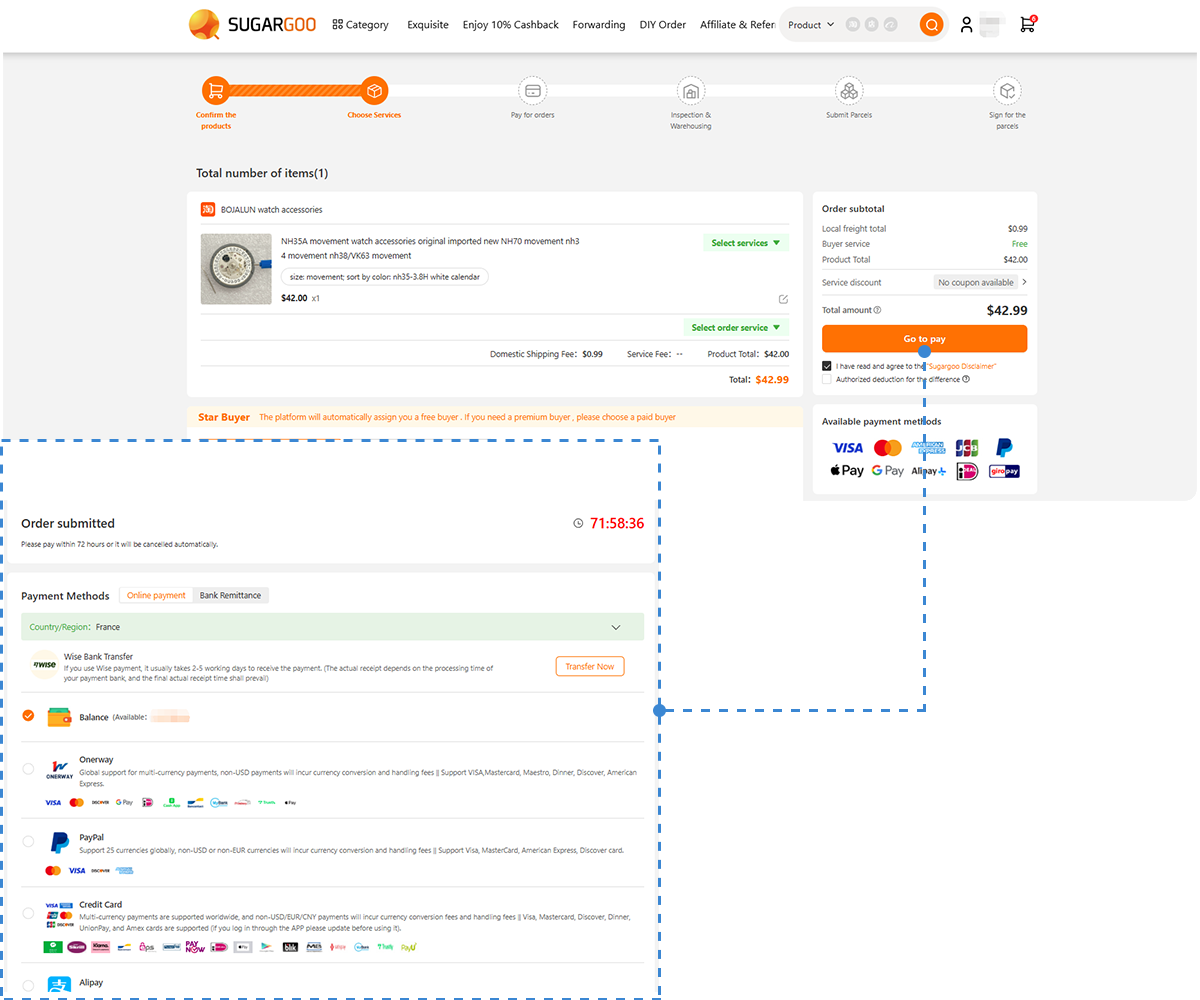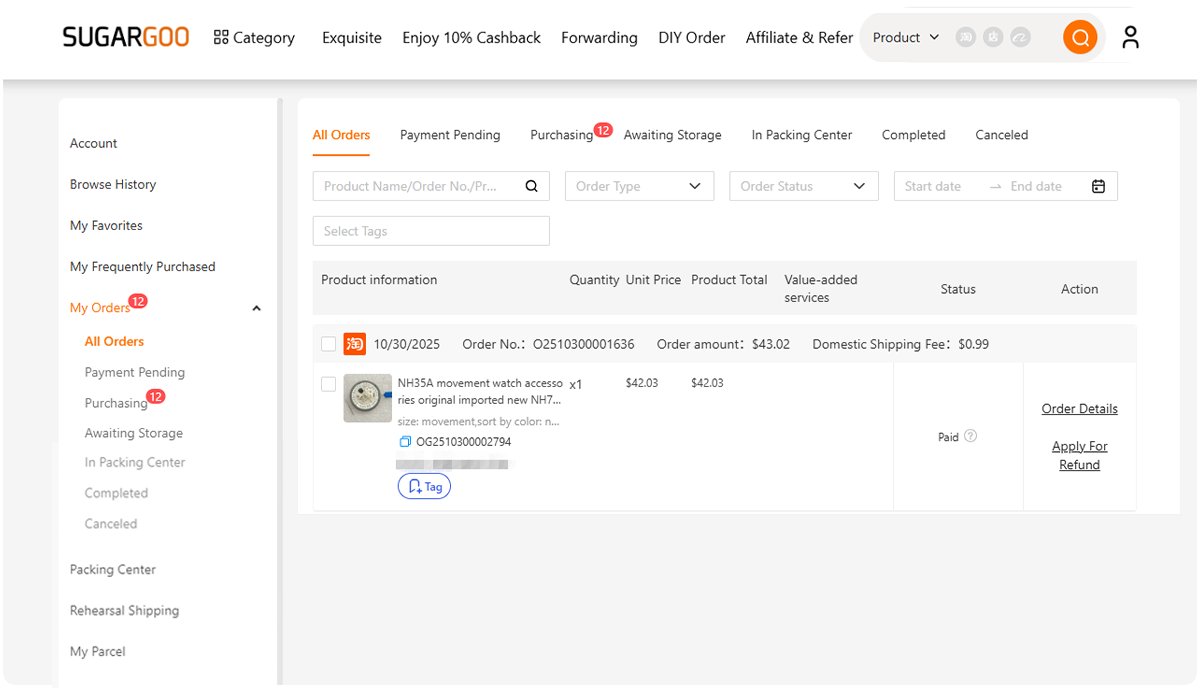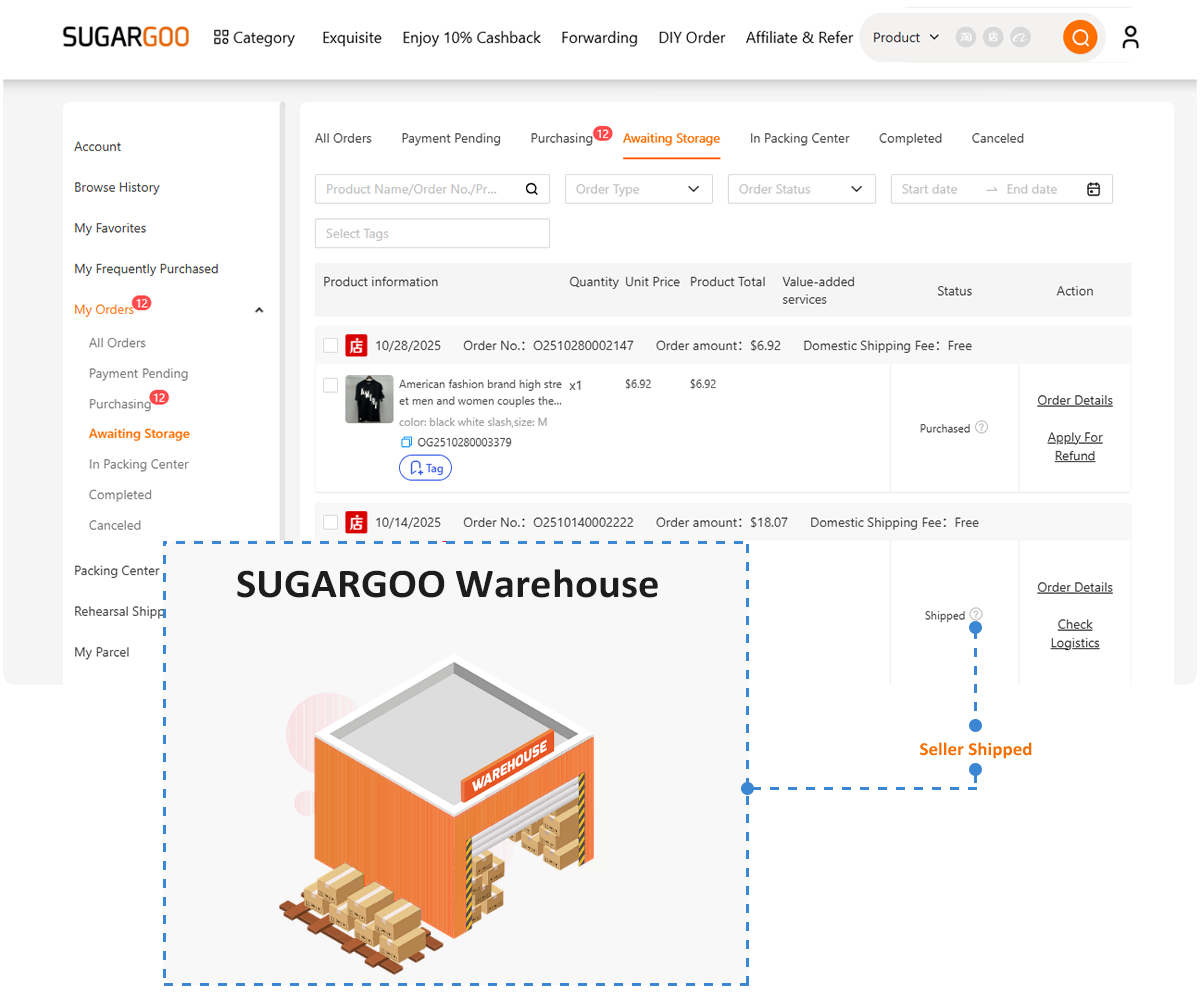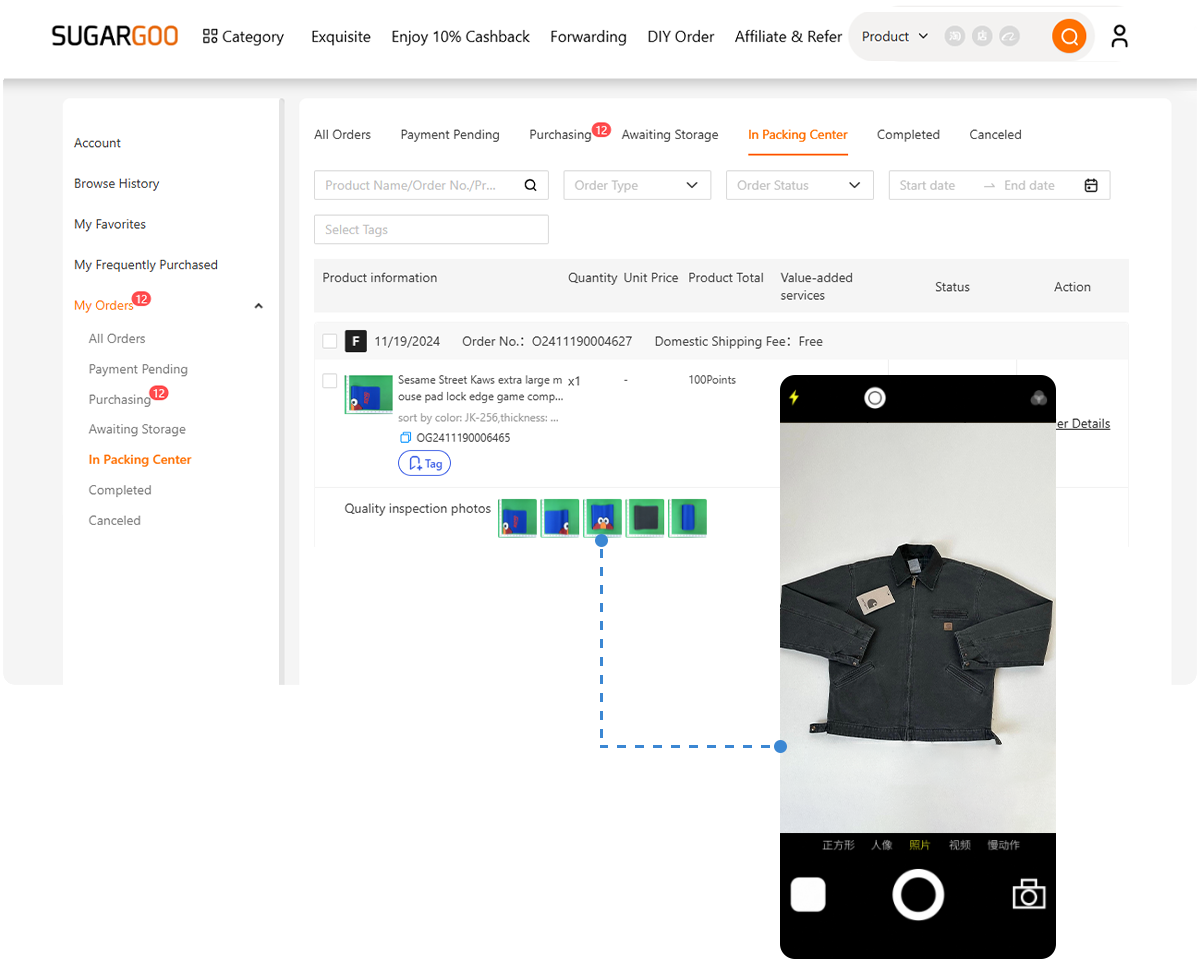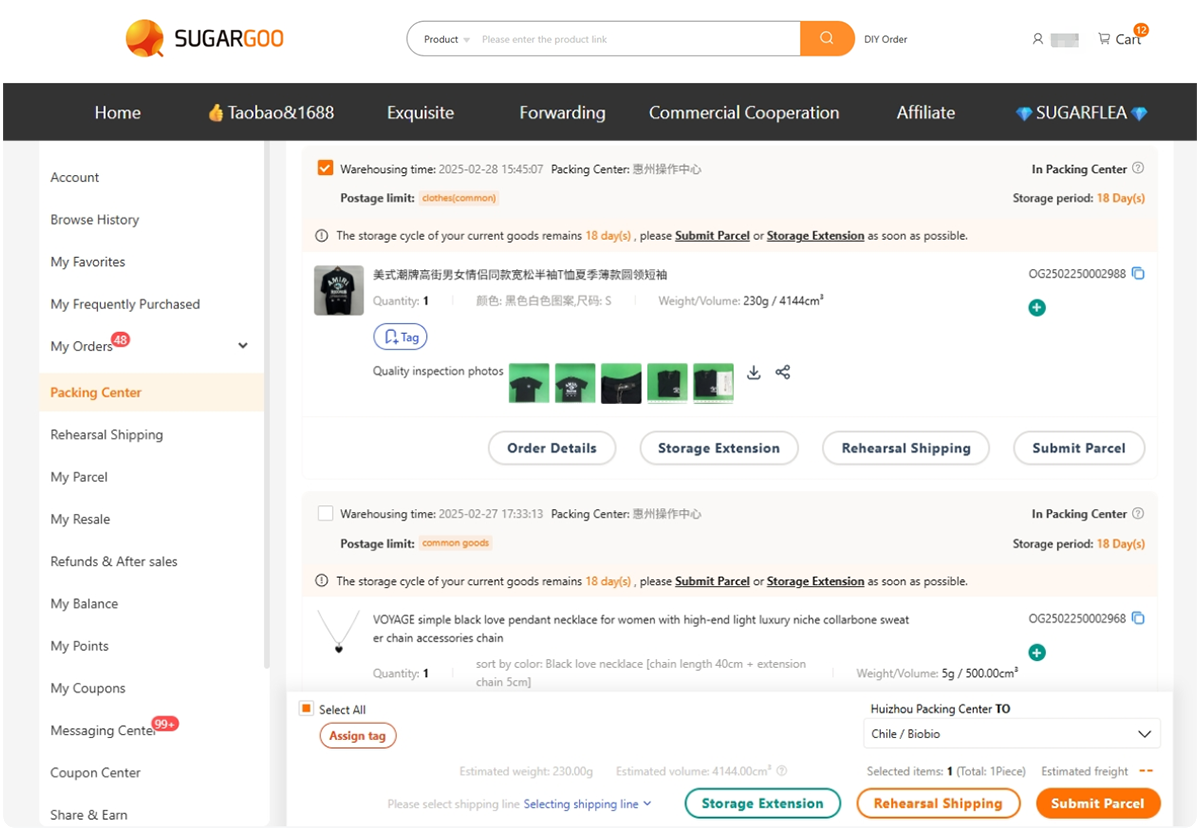It’s the quietest part of your watch — a small ring of rubber you’ll probably never notice. Yet it’s the only thing standing between your watch and a slow, invisible death.
We’re talking about watch gaskets — the unsung heroes of water resistance. Whether you’re modding a Seiko NH35 diver, changing a crystal, or just cleaning a case back, those little O-rings are what keep your masterpiece alive.
This isn’t a technical lecture. It’s the story of what happens when rubber meets pressure, sweat, and time — and how understanding gaskets changes the way you build, repair, or mod a watch forever.
1. The Invisible Shield: What a Watch Gasket Actually Does
Every time you screw down your case back or push your crown in, you’re compressing a tiny gasket. That compression forms an airtight, watertight seal around openings — case back, crystal, crown, pushers.
Without it, every shower, pool, or humid day seeps moisture into your movement. And the enemy isn’t always water — it’s condensation. That fog under your crystal? It’s water vapor that sneaked past a tired gasket.
💬 A gasket doesn’t fail dramatically — it fails quietly. By the time you see the fog, the damage has already started: rusted hands, dial stains, degraded lume.
So before you mod your first NH35 diver or open a Seiko 5 for a dial swap, make sure you respect that little black ring.
2. Where Gaskets Hide in Your Watch
Most people only think of the back case seal. But your watch has a whole defense network of gaskets.
| Location | Type | Function |
|---|---|---|
| Case Back | O-ring or flat gasket | Seals the main body from the back |
| Crown Tube | Cylinder gasket | Seals when crown is pushed or screwed in |
| Crystal | Flat gasket | Holds glass tight against pressure |
| Pushers (chronographs) | Rod gaskets | Prevents leakage around buttons |
| Helium Escape Valve | Specialized gasket | Found on deep-diver watches |
On Seiko NH35 mod cases, you’ll usually find three major seals — case back, crown, and crystal. Each needs proper alignment, lubrication, and pressure to work.
Find compatible replacement sets in Sugargoo’s Watch Case Gaskets section — they list diameter, thickness, and fit for NH35, NH36, and ETA-based builds.
3. Rubber, Silicone, or Teflon? Material Matters
Not all gaskets are made equal. The material determines lifespan, elasticity, and pressure resistance.
| Material | Pros | Cons | Typical Use |
|---|---|---|---|
| Nitrile (NBR) | Affordable, durable | Degrades in UV or salt water | Common in Seiko OEM cases |
| Silicone | Flexible, temperature-resistant | Soft — less ideal for divers | Aftermarket crystal gaskets |
| Fluorocarbon (Viton) | Premium durability, chemical resistance | More expensive | Professional diver mods |
| Teflon (PTFE) | Doesn’t compress easily | Poor flexibility | Screw-down crowns |
💡 Pro tip: For Seiko diver mods or NH35 builds, upgrade to Viton O-rings — they resist sweat and salt better than stock rubber ones.
4. Why Gaskets Fail (and How to Prevent It)
If you’ve ever opened a watch and found black goo around the case back — that’s a gasket dying.
Gaskets fail due to:
- Aging: rubber hardens over 3–5 years.
- Temperature: heat expands metal, compressing the gasket unevenly.
- Chemicals: lotions, salt, cleaning agents break down seals.
- Improper closure: overtightening or misalignment causes gaps.
The fix is simple: Replace old gaskets whenever you open the case. Re-lubricate with silicone grease every time you reseal.
A tiny dab around the ring prevents friction and helps the gasket seat evenly. Sugargoo carries silicone grease kits under Watch Repair Tools — essential for every builder.
5. The Physics of Sealing: Compression Is Everything
Think of a gasket like a spring. When you screw the case back, you compress it slightly — that’s what creates the seal.
Too loose? Gaps. Too tight? You deform the ring and shorten its life.
The sweet spot is around 20–30% compression, depending on material. That’s why experienced modders hand-tighten first, then torque lightly.
For Seiko cases, aim for gentle contact plus one firm twist — no more. You can even test the compression feel by rotating the crown while lightly pressed — it should feel “cushioned,” not gritty.
6. The Most Overlooked Gasket: The Crown Seal
A watch’s crown gasket is its Achilles’ heel. You use it daily — winding, setting, adjusting — and every time, it rubs.
If your watch fogs up after a quick wash or gets moisture under the crystal, odds are the crown seal failed first.
Always check:
- Does your crown “click” or feel loose when pushed in?
- Is the screw-down motion uneven or squeaky?
- Can you see cracks or dryness inside the crown tube?
If yes — it’s time to replace it.
You can find compatible NH35 crown gaskets and stems at Watch Crowns & Stems, and replacement crowns at Watch Cases Replacement.
7. Real Example: The Seiko Mod That Leaked
Here’s a story from a modder community:
A builder assembled a stunning SKX-style Seiko mod — sapphire crystal, ceramic bezel, NH36 movement. It passed the dry test, looked flawless. Two weeks later, after a shower, fog bloomed under the crystal.
When he opened it, the culprit was clear — a crystal gasket that had twisted slightly during pressing. No visible crack. Just a 0.5mm misalignment.
Moral? Even the best diver mod can fail without proper gasket seating and grease lubrication.
8. The Right Way to Install Gaskets
Here’s a watchmaker-approved method for installing any O-ring or flat gasket:
- Clean the groove — no debris or old rubber.
- Inspect under magnification — look for burrs or dents in the case.
- Apply a tiny layer of silicone grease with a toothpick or oiler.
- Lay the gasket flat, without stretching.
- Rotate slightly to seat it evenly before closing.
- Tighten evenly, stopping as soon as you feel resistance.
For crystal gaskets, use a proper crystal press — don’t hammer or push by hand. A slight angle can ruin the entire seal.
All-in-one gasket and press kits are available under Watch Case Back Opener & Press Tools and Watchmakers Toolkit Checklist on Sugargoo.
9. Testing Water Resistance at Home
You don’t need a $1,000 pressure tester. Here’s how to do a DIY water-resistance test safely:
- Wrap the watch in tissue paper.
- Submerge halfway in warm water for 10 minutes.
- Watch for bubbles near crown or case back.
- Remove and check tissue — any dampness = failed seal.
Alternatively, place it in a sealed jar with ice water for 10 minutes. If condensation forms under the crystal — the seal’s broken.
These simple tests catch 90% of gasket failures before disaster strikes.
10. The Science of Condensation: Why It Happens
Even if your case is sealed, sudden temperature drops create condensation. Warm air inside your watch holds moisture. When cooled, it condenses on the crystal.
You can’t prevent that 100%, but:
- A fresh gasket minimizes moisture entry.
- Silicone grease stabilizes pressure shifts.
- Avoid opening watches in humid environments.
If you notice fog, dry the watch immediately — remove the crown, place it in rice or silica gel, then replace all gaskets before resealing.
11. Advanced Insight: Diver’s Watch Gasket Systems
Diver watches like the Seiko SKX or NH35 mod cases use multi-stage sealing systems:
- Double crown O-rings
- Reinforced crystal gaskets
- Screw-down case backs with torque resistance
Some high-end builds even include helium escape valve gaskets. For NH35-level modding, replacing these with Viton or FKM seals improves long-term pressure tolerance.
If you’re modding for diving, browse Watch Movements and Watch Cases for compatible high-seal designs — these are made for true water resistance, not just looks.
12. Maintenance Schedule: How Often to Replace Gaskets
Just like oil, gaskets don’t last forever.
| Condition | Replace Every | Notes |
|---|---|---|
| Everyday watch | 3–4 years | Light grease refresh yearly |
| Diver or outdoor watch | 2 years | Replace before summer |
| Stored watches | 5 years | Rubber hardens even unused |
| After opening case | Every time | Always reseal with fresh gasket |
If your watch travels from cold to hot climates often — replace sooner. Temperature swings kill elasticity faster than time alone.
13. Where to Source Quality Gaskets and Tools
Reliable gaskets aren’t easy to find — sizing errors of 0.1mm can ruin your seal.
That’s why most modders use Sugargoo, a trusted Taobao agent for watch parts.
You can:
- Order genuine NH35 gasket kits, crown seals, and case back O-rings.
- Get QC photos before shipping.
- Combine your gasket orders with dials, crystals, and cases in one shipment.
- Save cost with Sugargoo Order Combine Service.
Also check:
Every good watch build starts with good sealing — and good suppliers.
14. Final Thoughts: The Power of Invisible Work
Gaskets aren’t flashy. They don’t sparkle under sapphire or catch attention like custom dials. But they’re what make your craftsmanship last.
Anyone can build a beautiful mod. Only the patient learn to seal it perfectly.
The next time you open your Seiko case, take a second to look at that ring of rubber. That little circle decides whether your build lives one year — or ten.
Respect it. Replace it. Grease it. Because perfection isn’t about how your watch looks — it’s about how well it survives.
